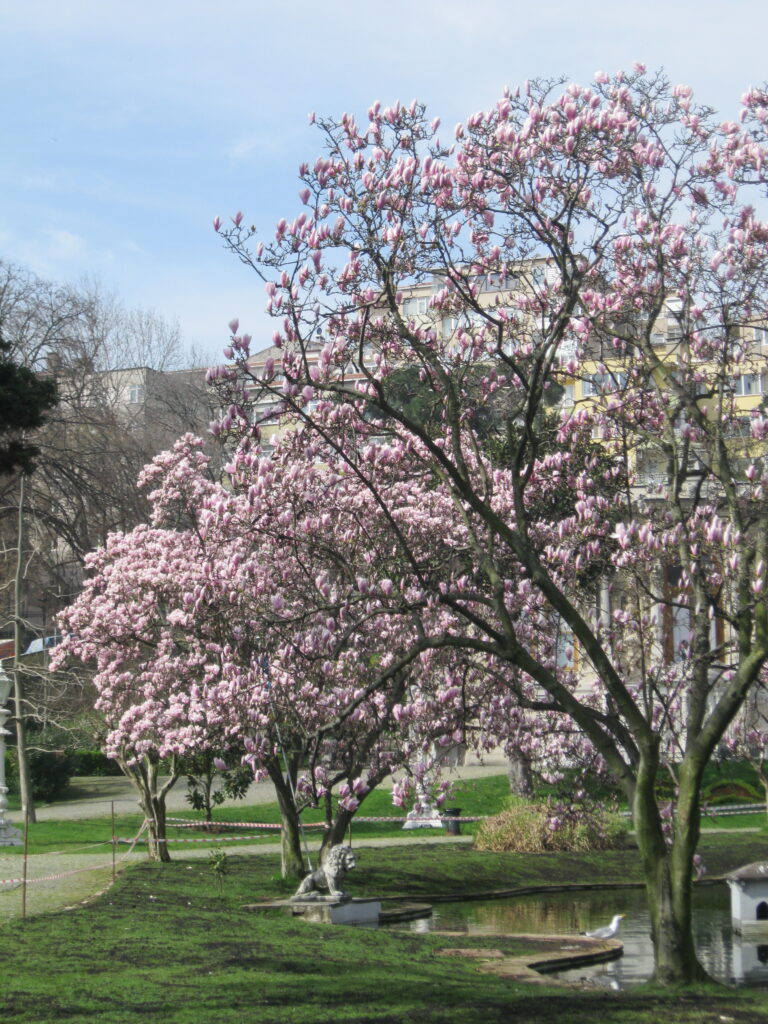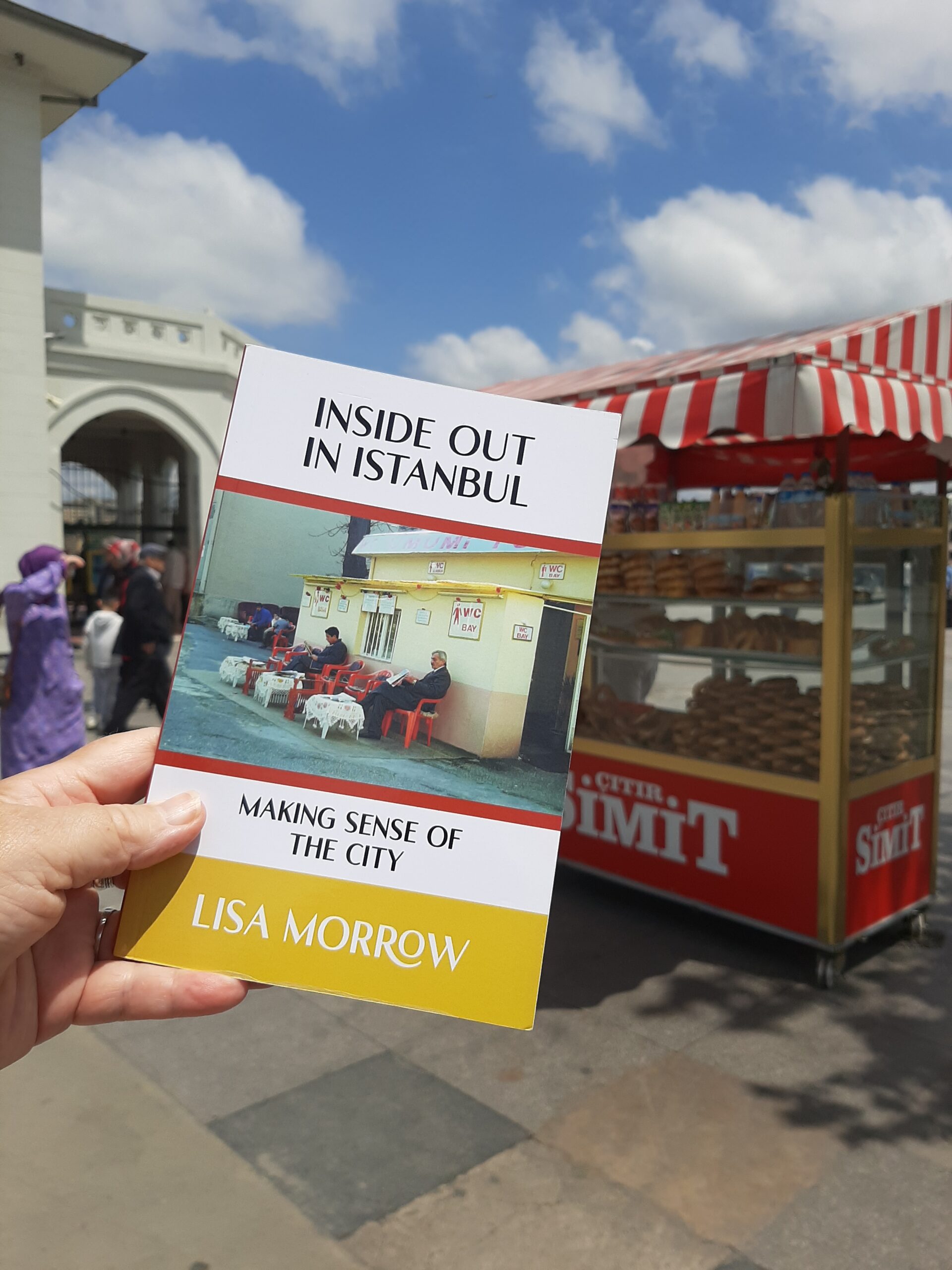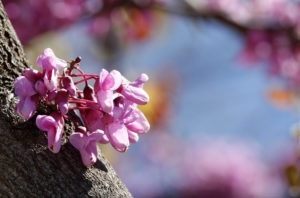Beautiful Flowers and the Judas tree in Ottoman culture
Trees as well as flowers have long been associated with Istanbul and the most famous of these is the Erguvan or Judas Tree.
From the Latin, cercis siliquastrum, the name is derived from the Greek and is a combination of two words, cercis meaning tree and siliquastrum meaning fruit. Istanbullu have long called it the Erguvan tree, a Persian word describing the colour of the flowers which grow straight from the tree limbs. In Christian myth this tree is said to be named after Judas, the betrayer of Christ. Realising what he had done, Judas is believed to have hung himself from one such tree. Originally tall and strong, bearing beautiful white flowers, the Judas tree felt guilty at its part in his death. The once elegant boughs drooped low and the flowers blushed and changed colour in shame.
When Mehmet the Conqueror swept into Constantinople in 1453, trees and flowers were already much adored by the city’s residents. To celebrate his victory, Mehmet posed for a miniature painting, not brandishing a sword as you might expect, but smelling a flower. By the time Süleyman the Magnificent came to power, the city was awash with private gardens planted with colourful blooms, women wore flowers in their hair and members of the Ottoman court always carried one in their hand. Such was the demand that by the 16th century there were more than 200 flower shops in the city.
The meaning of flowers

In Ottoman times, flowers as well as fruit were used as a means of communication. Flowers frequently denoted love, but were used to signal other meanings. One example was when someone in a household was ill. A yellow flower would be placed in the window to tell those passing to keep quiet. A red flower in the window meant there was a young girl of marriageable age in the house. It was a request that no one make negative comments or put curses on the girl in question so that her heart would stay pure.
The giving of fruit was another way of communicating. It was based on mnemonics, the idea that a particular object brings up an association with another. For example, the Turkish word for pear is armut. Giving someone a pear was a way of telling them not to despair, to have hope (umut in Turkish). Armut and umut were close enough in sound that handing over a pear was like saying “Armut, ver bize bir umut”, that is, “A pear gives us hope”. In the same way, a gift of pepper, biber, was a request for news, haber.
Judas tree stories and traditions
There are many stories associated with the Judas tree. Seafarers who arrived in Constantinople long before the Byzantines, are said to have boiled its petals and drunk the infusion to ward off disease. It’s been suggested that when the city of Istanbul came into being in 1453, the Judas trees were in bloom.
Whatever the truth of this claim, the Judas tree had a special place in Ottoman culture. Festivals to celebrate the flowering began in the 15th century Ottoman Empire, called ‘erguvan’ days or gatherings. The purple, lavender and pink petals of the Judas tree are also known to have added colour and flavour to salads in the traditional Istanbul cuisine of the past. Their strong boughs were carved into elaborate walking sticks for use by the Ottomans.
The Judas tree blooms around the latter half of April and signifies the arrival of spring. At this time the shores of the Bosphorus are aflame with the brilliant pinkish-purple blossom. In the past it was common for locals and visitors alike go to viewing spots around the city or out on small boats to admire the Judas trees in all their glory.
Of course, the best known of all flowers associated with Turkey are tulips. So much has been written and is known about them, they get their very own post.
Planning to come to Istanbul or Turkey? Here are my helpful tips for planning your trip.
For FLIGHTS I like to use Kiwi.com.
Don’t pay extra for an E-VISA. Here’s my post on everything to know before you take off.
However E-SIM are the way to go to stay connected with a local phone number and mobile data on the go. Airalo is easy to use and affordable.
Even if I never claim on it, I always take out TRAVEL INSURANCE. I recommend Visitors Coverage.
I’m a big advocate of public transport, but know it’s not suitable for everyone all the time. When I need to be picked up from or get to Istanbul Airport or Sabiha Gokcen Airport, I use one of these GetYourGuide website AIRPORT TRANSFERS.

ACCOMMODATION: When I want to find a place to stay I use Booking.com.
CITY TOURS & DAY TRIPS: Let me guide you around Kadikoy with my audio walking tour Stepping back through Chalcedon or venture further afield with my bespoke guidebook Istanbul 50 Unsung Places. I know you’ll love visiting the lesser-known sites I’ve included. It’s based on using public transport as much as possible so you won’t be adding too much to your carbon footprint. Then read about what you’ve seen and experienced in my three essay collections and memoir about moving to Istanbul permanently.
Browse the GetYourGuide website or Viator to find even more ways to experience Istanbul and Turkey with food tours, visits to the old city, evening Bosphorus cruises and more!
However you travel, stay safe and have fun! Iyi yolculuklar.








